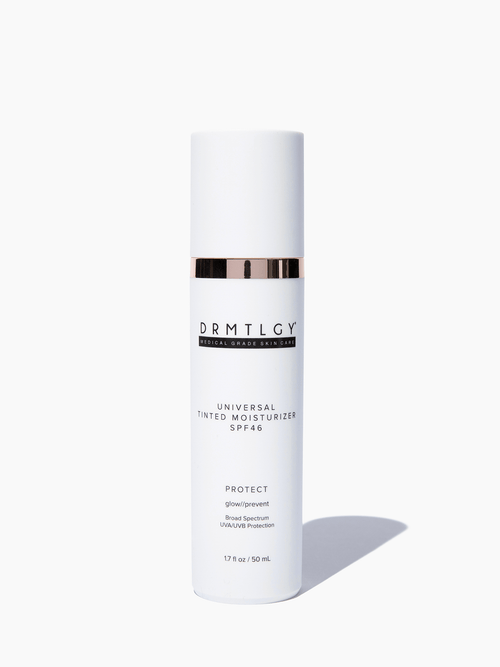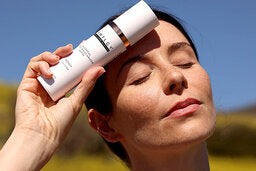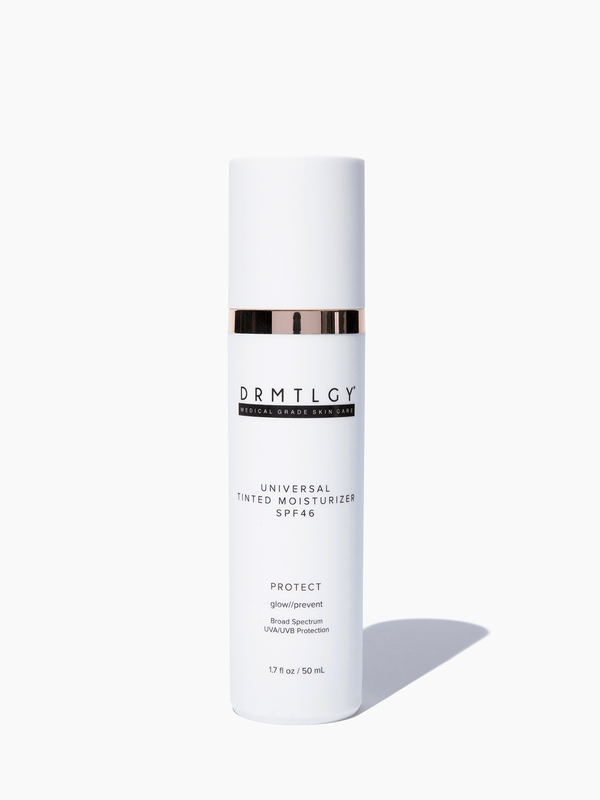Chances are you’re familiar with serums. They’ve become ubiquitous in the world of skin care. Developed to treat wrinkles, acne and everything in between, serums are typically concentrated formulas of active ingredients. They tend to be comprised of tinier particles, allowing the serums to penetrate deep into the layers of the skin. But often times, we may not be getting the maximum potential from our serums. Here are a few tips to make sure you get the results you want:
The Right Time to Apply

There is a general rule of thumb in the world of skin care, which is applying products in order from thinnest to thickest. Serums almost always abide by this rule. That means that the perfect time to apply your serum is after you’ve washed your face, but before you start applying creams and moisturizers. This gives your serum the opportunity to fully absorb into the skin without being impeded by other heavier products.
How to Apply a Serum
Applying a product may sounds simple enough, but serums can take a little finesse in their application. Here is our simple, foolproof method:
- Apply 4-5 drops into the palms of your hand and warm it by massaging with your fingertips.
- Gently press your fingers to your face, making sure to apply to your forehead, cheeks, mouth, and down the neck.
- Wait. Serums take a little time, and one of the most frequent problems people encounter is applying the next step of their regimen too quickly. This not only can result in a sticky, tacky feeling, but it can render both the serum and the other product(s) less effective. Typically, we suggest about 10 minutes to allow enough time for the product to fully dry.
- Once you feel that the serum has fully absorbed, feel free to move on to the next step in your routine.
Moisturize!
As we mentioned earlier, serums come with varying purposes and ingredients designed to treat all sorts of skin concerns. But regardless of what your serum it helping to treat, most greatly benefit from the addition of a moisturizer. Moisturizers sit on top of your skin, helping to lock in the serum beneath.Ideally, you should be using a moisturizer with sunscreen. Nothing damages your skin more than the sun, and if you’re using a serum with aggressive ingredients (like retinol), your skin becomes more sensitive to the sun.
Check Those Ingredients
As with any product, having some knowledge of the ingredients list is important. Not only can it help you to separate which products would be effective and which wouldn’t, but it can also prevent you from over-using products that are meant to be applied sparingly. This is particularly true for those with sensitive skin, so always take a look at the ingredients list.















